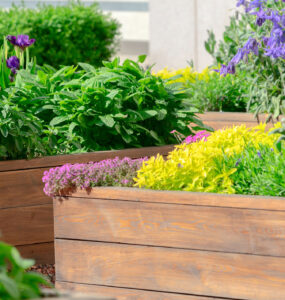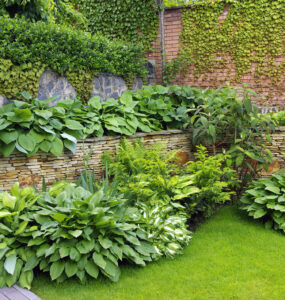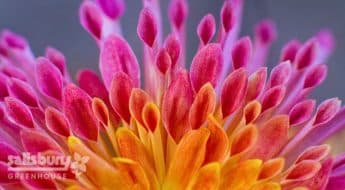Rooted in History: A Reflection on Gardening in Alberta
by Rob Sproule
This isn’t going to be my usual kind of column. I’m not going to tell you how best to prune an apple tree or what kills bugs the best. Today I want to share some reflections on what it means to be a gardener in Alberta, today and yesterday.
I recently had the opportunity to attend the annual Harvest Festival at the Ukrainian Village. The village is a gem that we’re privileged to have so close to Sherwood Park. Its Harvest Festival mirrors the harvest season in Alberta; it is the climactic end to the long summer.
Albertans are a hands-on people and the places where we go to experience our history testify to that. From Fort Edmonton Park to Ukrainian Village, we like our history to be touchable and accessible. We’d rather have dust in our faces than artificial lights.
The most striking thing to me at the Ukrainian Village, from a gardener’s perspective, was how much of our history isn’t history at all. From front porches flanked by clove scented snapdragons to muslin sachets of fresh dried herbs, I was struck at the perseverance of our gardening traditions.
The contemporary face of gardening is trendy, innovative and downright slick. I write books on container gardening and see first-hand how the world of modern gardening changes at a bewildering pace. Like fashion, gardening follows trends that peak dramatically one season and promptly fall off a cliff the next.
The other face of gardening is less visible, certainly not as flashy, and has endured in Alberta for generations. This is the gardening that is distinctly Albertan, an approach that stems from our long agrarian relationship with the soil and the plants around us.
Modern gardening trends are like the exposed tip of an iceberg. For every passing craze, whether it’s for a new brand of petunias or a must-have shade of purple, there is a submerged world of tradition, culture and dedication that silently inspires us as we weave our fingers through the soil.
During my time at Ukrainian Village the poem “Seed Catalogue” rolled over and over through my head. It’s by Robert Kroetsch, the magnificent Alberta poet who was tragically taken from us in June of this year.
In “Seed Catalogue”, Kroetsch offers us a perspective into how integral gardening was in early Alberta life, and he shows us how powerful the sights and smells of the garden can be in forming the memories that build lives and identities:
“Your sweet peas
climbing the staked
chicken wire,
climbing the stretched binder twine by
the front porch
taught me the smell
of morning, the grace
of your tired
hands, the strength
of a noon sun, the
colour of the prairie grass.”
– Seed Catalogue, 10-a
For many of us, the garden is where memory happens. It’s where we play as children with our grandparents and, years later, it’s where we introduce our own children to a world filled with life and imagination so that they can build memories of their own.
While the plants and the colour schemes we use come and go, the Alberta spirit of digging our fingers into the soil that we love has endured for a hundred years. I encourage everyone to go to Ukrainian Village in 2012 and see for yourself how much of our gardening history isn’t actually history. It taught me that gardening celebrates our relationship with our history and cultural identity as much as our relationship with the earth.
















